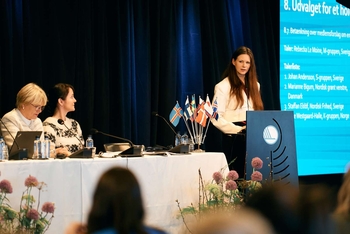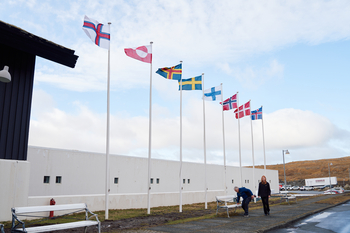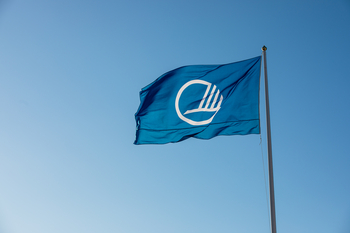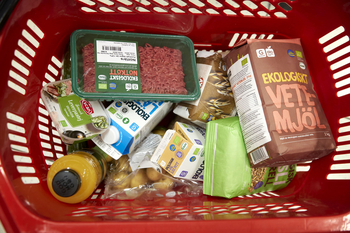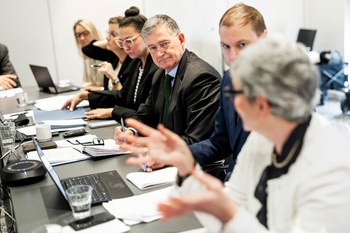More recycling and reuse of textiles in the Nordics benefits the environment and the economy
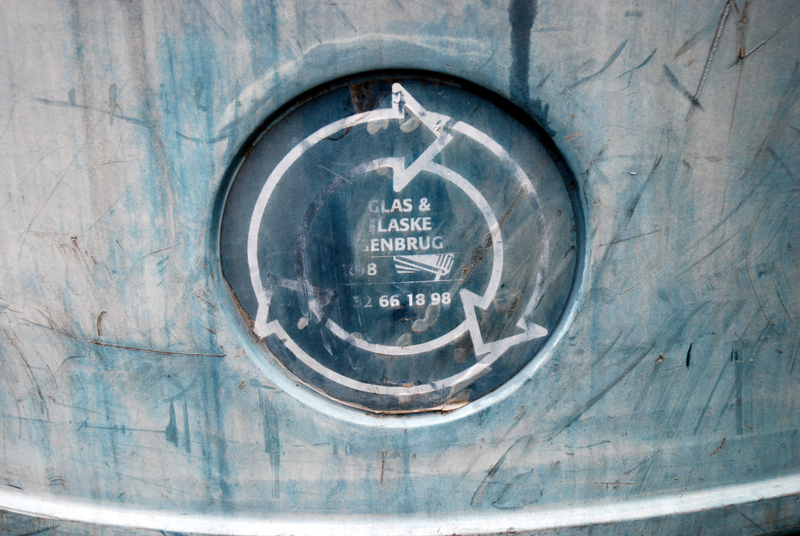
Experts have developed a comprehensive Nordic strategy to increase the collection, sorting, reuse and recycling of textiles. They call for a new approach to production, consumption and handling of used textiles.
The report "A Nordic textile strategy" analyses the collection and sorting systems in the Nordic region and recommends a number of political and technological improvements that could pave the way for greater efficiency. Increasing textile reuse and recycling according to the strategy is expected to create over 4,000 new jobs in the region.
The annual consumption of new textiles in the Nordic countries is 350,000 tons, and this figure is expected to increase to 450,000 tons by 2020. Meanwhile, only 120,000 tonnes of used textiles are collected in the region per year.
- The goal of the strategy is to prolong the textiles’ active lifetime as much as possible through better design and more reuse, says Sanna Due-Sjöström, Head of the Nordic Waste Group (NWG), under the Nordic Council of Ministers.
- When the textiles cannot be reused any more, they should be recycled, either mechanically or chemically, and then used in new production.
Commitment and business models
The report "The Nordic textile commitment" looks at how the organizations responsible for the collection and sorting of used textiles could contribute to the transformation.
The report suggests a certification system based on a common Code of Conduct, which would improve the organizations’ conditions and increase consumer confidence in the reuse and recycling market. The certification would apply to all market players, including charity organisations, local authorities, waste management companies, textile producers and importers.
- Greater transparency in the market would motivate consumers to return more of their used textiles, says Due-Sjöström.
- The objective is to more than double the collection within ten years.
The third report, "EPR systems and new business models", looks at producer responsibility and new business models that could increase the reuse and recycling of textiles.
Extended producer responsibility schemes (EPR), whether voluntary or mandatory, place a greater responsibility on producers and importers for their products’ entire lifecycle.
They can reduce the environmental impact by producing textiles in better quality, designing products for reuse and recyclability, and reducing use of harmful substances.With EPR, they also contribute to collection, reuse and recycling after use.
Moreover, the report highlights a number of new business models based on clothing exchange, leasing and resale, as well as collection of other textiles than clothes in larger quantities than today.
The three reports are part of the Nordic Prime Ministers’ green growth initiative, The Nordic Region – leading in green growth.
Downloads
The reports are a part of the Nordic Prime Ministers' green growth initiative.
Read a policy brief of all three textile projects
Output from he three textile projects:
